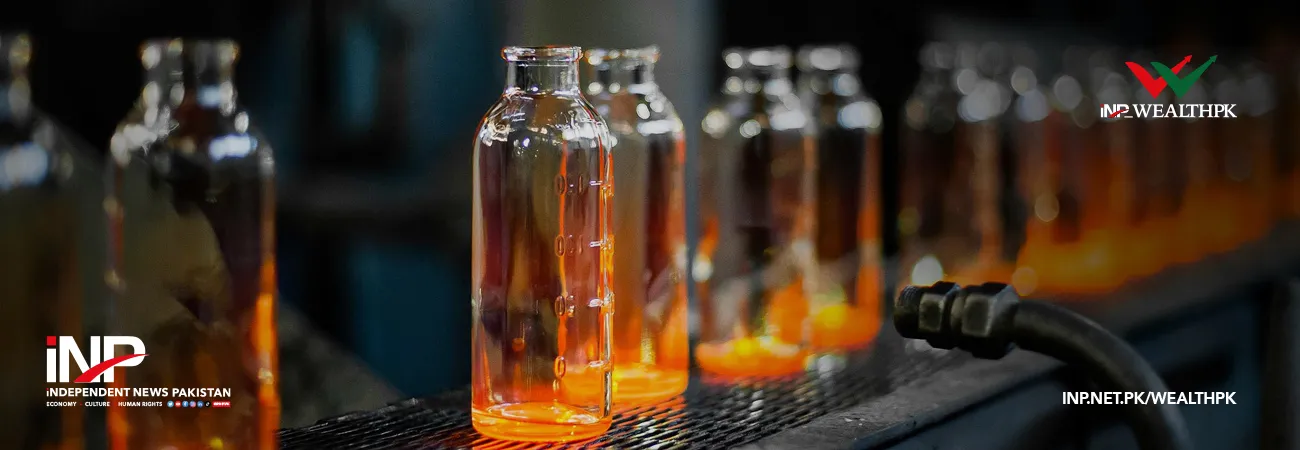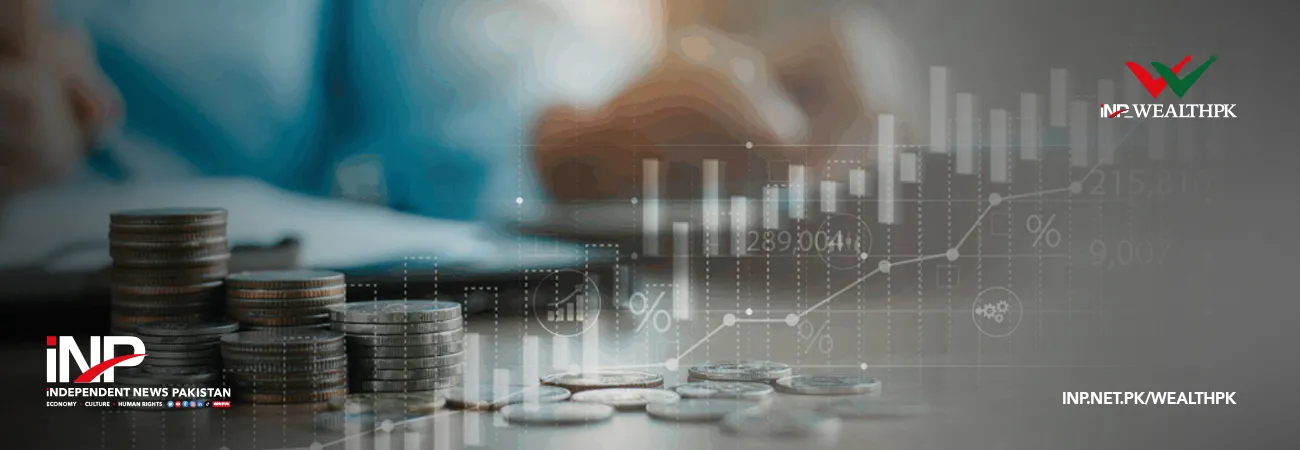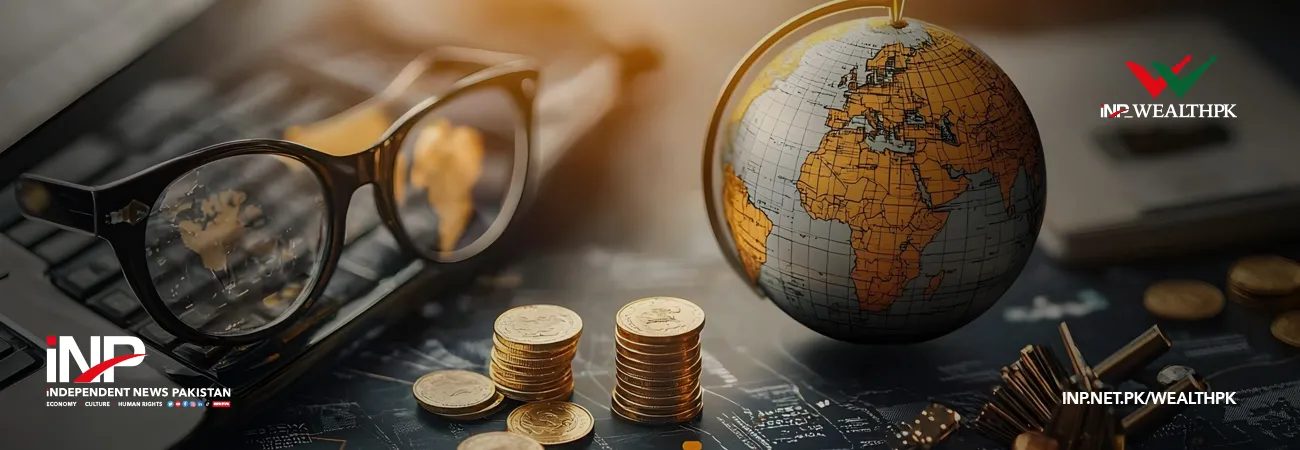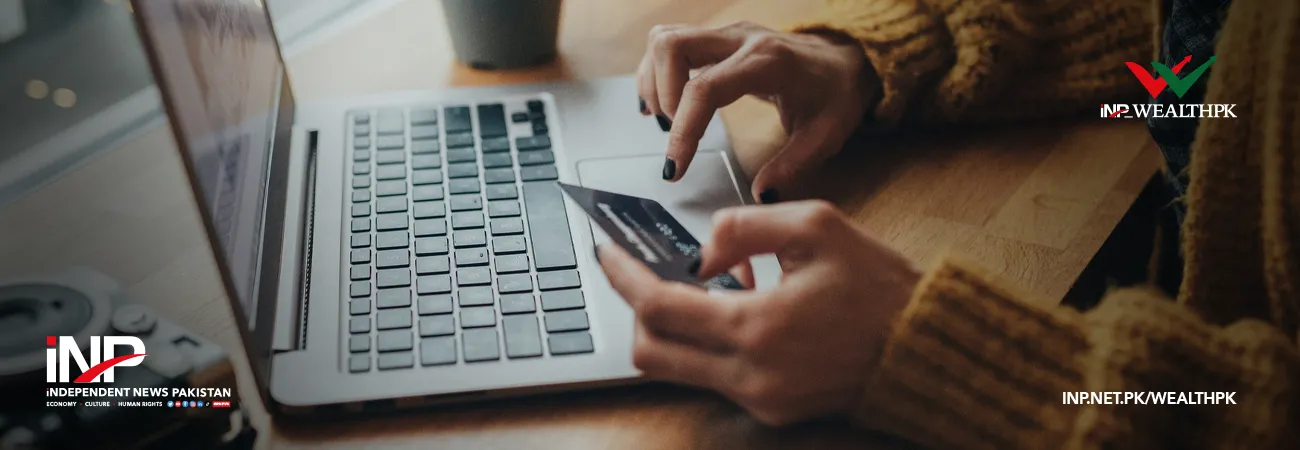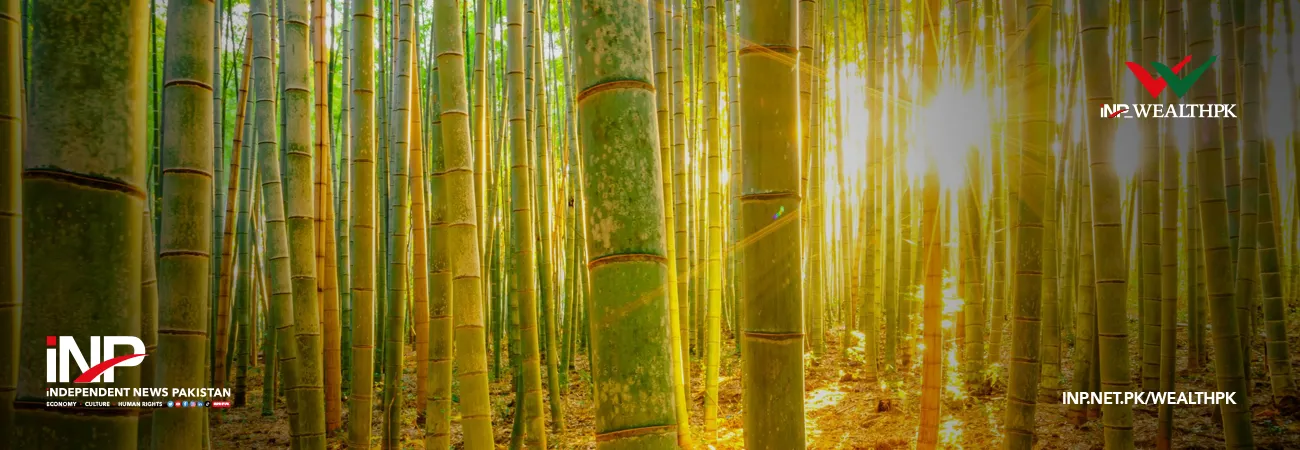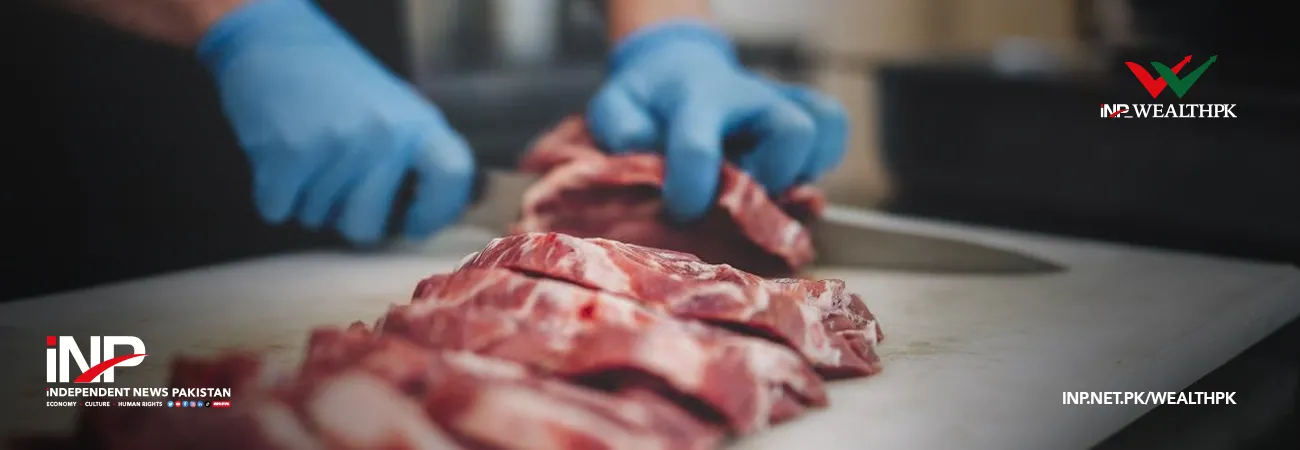INP-WealthPk
Muhmmad Luqman
Be it sleek and lightweight furniture, look-through building doors or windowpanes of the automobiles, the use of glass, especially the tempered one, is on the rise in Pakistan. In certain cases, it is used as a substitute for expensive wood and metallic substances.
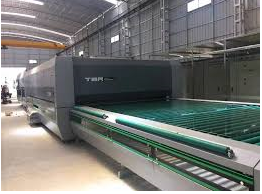
The increasing demand for glass in Pakistan is driven by its benefits, including durability, safety, and aesthetic appeal. To meet this demand, around 35 glass factories have been set up across Pakistan, mainly near the sources of raw materials like silica sand and limestone reserves that are mixed with soda ash feldspar to modify the glass’s properties before taking the shape of glass in furnaces.
“Pakistan manufactures architectural glass, tempered glass, pharmaceutical glass (tubing glass bottles), lamp glass and tableware glass,” Hafiz Farooq Ahmad, director of glass manufacturing factory, Ghani Glass, told WealthPK. The total size of Pakistan’s glass market is almost Rs50 billion, including Rs40 billion of architectural glass, and Rs8 billion of tempered and mirror glass.
Tempered glass is made by hardening ordinary glass. During the manufacturing process, glass is heated up intensely in a special tempering oven run by electricity, then cooled down with a special quenching procedure that cools down the exterior surfaces of the glass much quicker than the centre. This forces the exterior surfaces to compress, which gives the glass its strength.
The final glass product possesses the qualities such as strength, safety, thermal resistance, durability, and aesthetic appeal. Ahmad said that dozens of units, mainly in Lahore, Karachi, and Gujranwala, are producing the tempered glass that is much tougher and stronger than ordinary glass. “Most of the tempered glass demand in Pakistan is met by local production; a very small quantity of tempered glass is imported,” the glass factory owner said.
He complained that the high cost of energy, expensive raw material, and unaffordable bank mark-up, coupled with political uncertainty, are responsible for the low growth in the glass manufacturing sector. “In the case of tempered glass, electricity is the main input cost, which is very expensive compared to other regional countries like Bangladesh and Sri Lanka,” he claimed. The high cost of glass manufacturing makes Pakistani products less competitive in the international market.
The export of glass products from Pakistan is around $40 million, and major destinations are Sri Lanka and Turkey. “This amount is next to negligible compared to the total world glass market size of $235.8 billion,” Noman Ashfaq, the owner of Brothers Glass company, told WealthPK. He said that the demand for Pakistani glass products, especially tempered ones, could be increased locally and internationally if the production cost is lowered by bringing down the energy tariff.
Despite all the bottlenecks in the smooth growth of the glass industry, it is not doom and gloom. Industrialists feel that the increase in the production capacity of glass, especially the tempered one in Pakistan, has been a boon for the country’s economy, especially the housing, automobile, pharma, furniture, and crockery sectors.
“The production of glass-based furniture is instrumental in eliminating the dependence on wood that has become rare and expensive after the decline in the number of rosewood (shisham) trees in Punjab province,” Kashif Anwar, former president of Lahore Chamber of Commerce and Industry, said. In an interview with WealthPK, he said that locally-made tempered glass was being used by the automobile sector for making windowpanes and even windscreens.
“Had this glass not been produced locally, Pakistan would have to spend millions of dollars every year to import this type of glass for automobile sector,” Anwar said. He said that the government should provide more incentives to the glass industry to stop the import of certain types of glass presently not produced locally. “Pakistan’s imports of glass and glassware were worth $136.69 million in 2024,” the former LCCI president said.
Credit: INP-WealthPk



